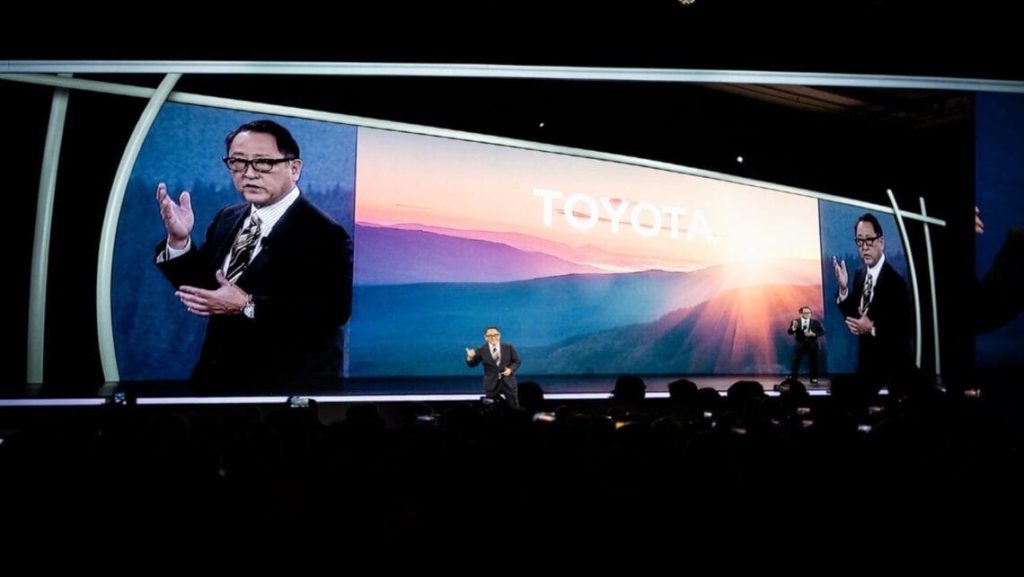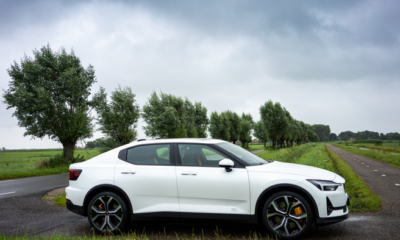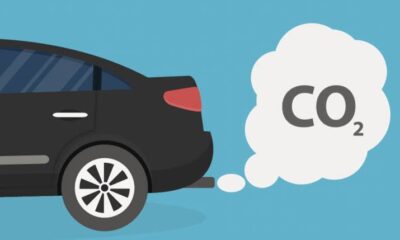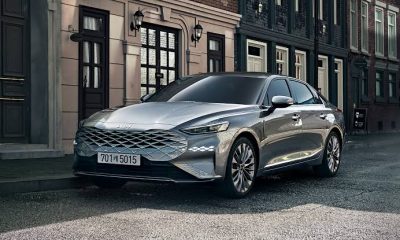AUTO STAKEHOLDER
Toyota finally unveils Project Hilux

…marks end of EVs, gasoline, hybrids worldwide
Another milestone has been reached in Toyota’s drive towards a zero-carbon future. The hydrogen fuel cell Hilux project has officially moved into the final phase. September 2023 saw the launch of the prototype vehicle.
Since that time, Toyota and the consortium partners, under support from the UK Government funding, have moved this joint development project on to intensive prototype evaluation and demonstration.
Toyota has a multi-path strategy laid out for carbon neutrality. This will be done by applying different powertrain technologies such as the plug-in hybrid electric, hybrid electric, e-fuels, etc.
Historical perspective on Toyota’s product range: TMUK’s Burnaston facility in Derbyshire has built ten of these fuel cell Hilux prototypes. Five of these vehicles are currently undergoing some rigorous field testing.
The purpose is to test not only safety, but also functionality, performance, durability, as well as generating test drive data based on real-world situations. The other five vehicles are being utilised in media and customer demonstrations such as the Paralympic and Olympic Games.
Customer engagement on this level helps to lay the foundation for a successful future for hydrogen in the transport sector. Combining the knowledge gained from this project with approximately 30 years of hydrogen fuel cell research and development will contribute more towards the next generation of fuel cell technology.
The benefits gained here will be an increased driving range, longer lifecycles, as well as reduced costs.
A project based on worldwide designs
The overall plan is to have Toyota as the largest hydrogen fuel market by the year 2030.
This can be accomplished by way of a steady growth in power generation applications as well as mobility. The TME, or Toyota Motor Europe have announced their Hydrogen Factory Europe in December 2023.
Company sources say it is a reflection of the company’s co-ordinated approach to the commercialisation of the technology, basically from development, production, sales, to after-sales.
The fuel cell Hilux prototype project is a crucial step in the further development of hydrogen technology. It will also stimulate a bigger roll-out of the overall hydrogen infrastructure and eco-systems across Europe.
Since the launch of the first Toyota Hilux in 1968, the model has always been regarded highly for its durability, quality, performance, as well as overall reliability, which has been demonstrated in the world’s toughest terrains.
Exceptional service delivery from Hilux
The new fuel cell prototype shares this phenomenal DNA, but has a zero-carbon future.
The exterior is very similar to the latest generation of Hilux models available, but just with an extra-cab body style. That which hides underneath the hood of the Hilux is where the magic happens.
Power is obtained from core elements of the fuel cell system, similar to the one featured in the Toyota Mirai. Driving range on one of these is 373 miles (600 km).
A higher payload and towing capability can be achieved due to hydrogen’s light weight. Hydrogen storage is spread across three high-pressure fuel tanks, giving a total capacity of 7.8kg.
Tank mountings are within the ladder frame chassis. The fuel cell stacks contain 330 cells, which are mounted above the front axle. The vehicle is a rear-wheel drive, with a maximum of 134 kW and 300Nm torque.
The lithium-ion battery stores electricity that is produced by the fuel cell. Toyota’s hydrogen fuel cell development started in 1992.
Since then, the company has aimed to build on its knowledge and technology within this field. Toyota is currently involved in approximately 20 hydrogen partnerships, which are still active across most of Europe.
One of these is the five-year trial of hydrogen-fuelled VDL trucks. The plan with this is to eventually decarbonise Toyota’s logistics operations and also to stimulate some further development of a more sustainable hydrogen infrastructure across most of Europe.
With all this in mind, it is clear to see that Toyota aims to promote sustainable energy.
Credits: Toyota Global
By Editor
-

 AVIATION5 years ago
AVIATION5 years agoPhoto News: Air Peace commence flight operations to South Africa
-

 Car News5 years ago
Car News5 years agoPolestar is recalls over 2000 electric cars due to software bug
-

 RAIL4 years ago
RAIL4 years ago36 Killed in Pakistan Train Accident
-

 Technology5 years ago
Technology5 years agoCommon mistakes in CO₂ emissions calculations
-

 Business5 years ago
Business5 years ago2016 Volvo XC60 review and specifications
-

 Reviews5 years ago
Reviews5 years ago2021 Audi A6 Specifications and Review
-

 Reviews3 years ago
Reviews3 years agoDebutant Kia’s new K8 sedan benchmarks luxury, safety
-

 SAFETY / CAR CARE5 years ago
SAFETY / CAR CARE5 years agoHandbrake warning light; what it means and what to do
